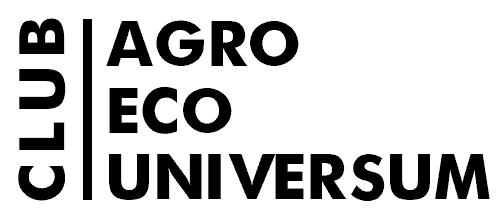Gold veins found for aquaculture production

Southeast Asian countries able to provide the world with protein food through aquaculture
One of the ways to reduce the load on the oceans in the form of overfishing of fish and other marine inhabitants is aquaculture. Aquaculture is a modern actively developing direction in the farming, including the cultivation of fish, shellfish and algae that can be used for food, production and other purposes. However, the production potential and effectiveness of aquaculture is largely dependent on the biological productivity of coastal marine areas.
Using GIS methods, which were described in related articles (Agricultural land planning, Automated monitoring of aquaculture facilities in Bali), the most favorable zones for the development of aquaculture were estimated for the entire oceans. The analysis was performed for 180 species of fish and 60 species of bivalve mollusks.
Three main indicators were taken into account: productivity (the ability of the ocean to ensure the growth of aquaculture), the growth rate of aquaculture itself under current conditions, and related environmental parameters (territories with a depth of more than 200 m, protected and already actively used territories were excluded).
As a result of an automated GIS analysis, we found that more than 11.4 million square kilometers were potentially suitable for fish and more than 1.5 square kilometers could be developed for bivalves.

Global hotspots for finfish aquaculture. Red signifies areas with the highest (top 20%) potential productivity.
The geographically most productive regions for the development of aquaculture are represented in a wide variety of countries: both tropical, temperate and even Arctic zones. However, the most productive according to the assessment are the coastal countries of the tropical zone. It is important to combine the amount of sunlight, heat and dissolved oxygen, which determines the productivity of these zones.
According to an estimate of approximately 15 billion tons of fish, it is possible to grow each year – more than 100 times more than the current global seafood consumption. While the global potential is vast, certain countries show particular promise. Indonesia, for example, has among the highest annual production potential for both fish and bivalves. Developing only 1% of Indonesia’s suitable ocean area could produce more than 24 million tonnes of fish per year. If consumed entirely within Indonesia, this volume of additional fish production would increase seafood consumption per capita sixfold. In fact, there is already considerable activity working to expand Indonesian aquaculture.
Currently, there is a significant gap between countries that traditionally produce fish products (Norway, Nvetsia, Chile) and those that can potentially provide such and even much larger volumes of their production through aquaculture (for example, Indonesia).
The development of the regulatory, legal and legislative framework, construction forecasting and monitoring systems with a proper approach can solve the problem of lack of protein food for developing countries.
Full Text:
Gentry R. R. et al. Mapping the global potential for marine aquaculture //Nature Ecology & Evolution. – 2017. – V. 1. – N. 9. – P. 1317-1324.
https://www.nature.com/articles/s41559-017-0257-9
